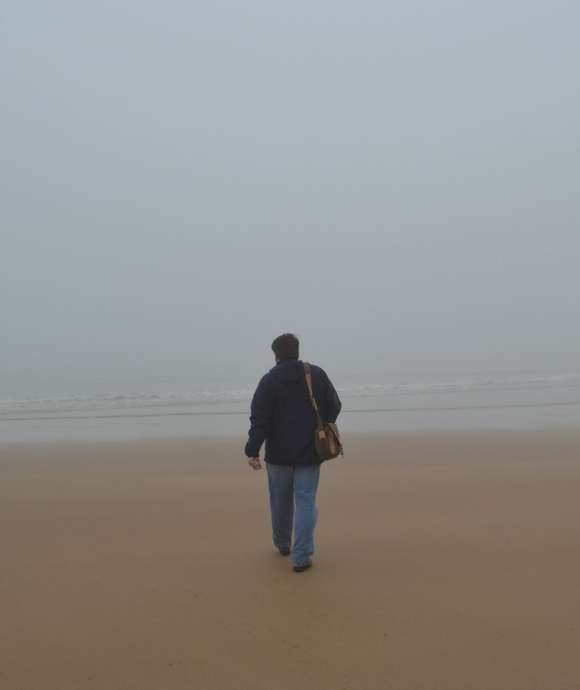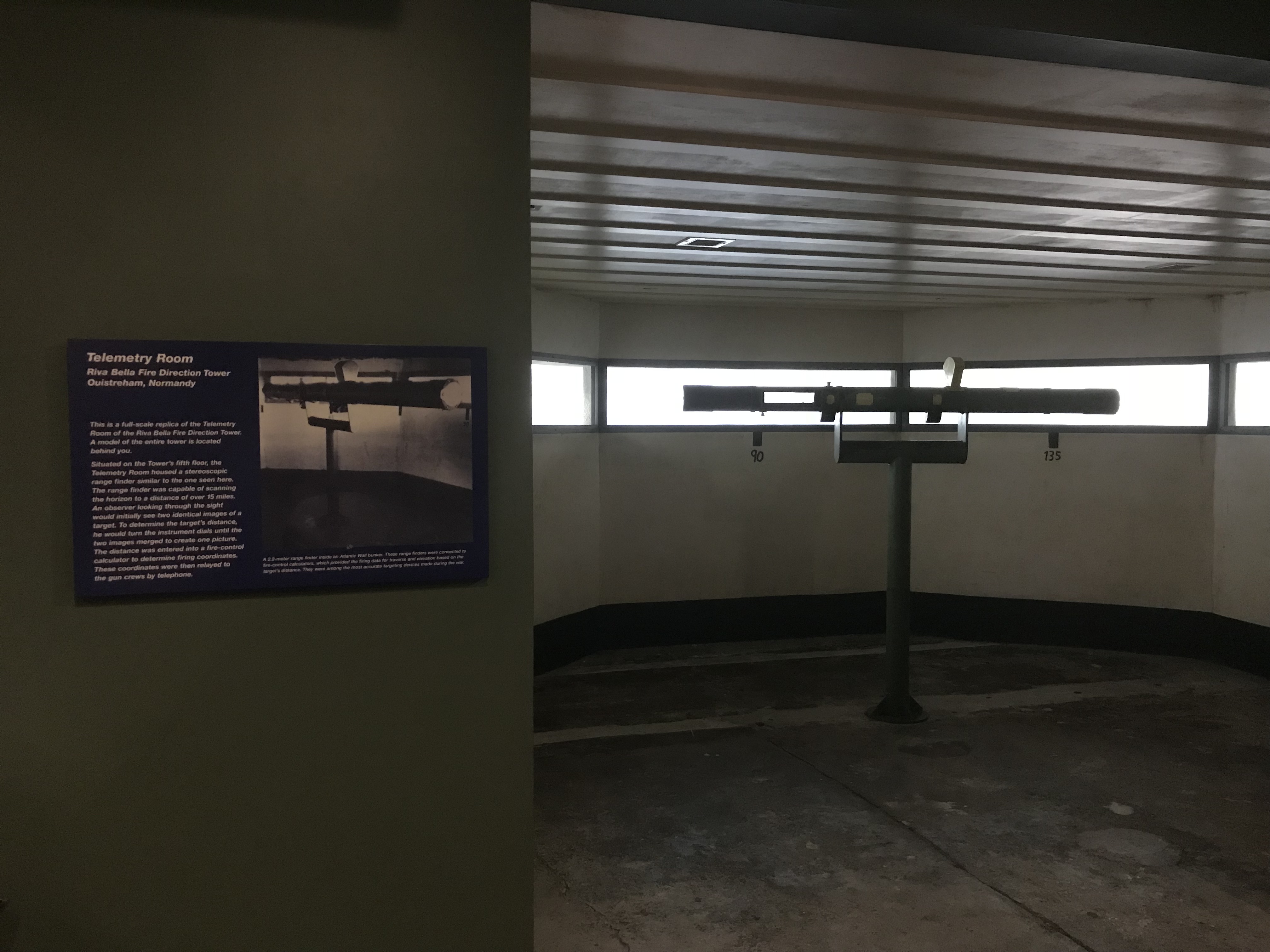For the upcoming 75th anniversary of the D-Day landings, world leaders will descend on the Normandy beaches in northern France to commemorate the great turning point of World War II. It is proper that they do so, and perhaps some will even visit the German bunker that guarded against the Allies in 1944 (today the bunker is a museum and is the lead image for this post; the photograph was taken on a WWII Museum tour of Normandy in 2014).
What is worth thinking about is what the German troops in that bunker were doing in the weeks before the landings. The Germans knew that the Allies would be coming across the English Channel, just not exactly where or when. German soldiers in bunkers up and down the coastlines of northern Europe were ceaselessly watching for ships on the watery horizon using powerful telemeters, range-finding devices that measured distances for German weaponry to accurately target any incoming ships or naval craft. In the photograph of the Grand Museum in Normandy above, a German 88mm gun can be seen with its barrel pointed skyward. This powerful weapon was deadly against aircraft, tanks, ships, and the human beings operating those vehicles.
At The National WWWII Museum in New Orleans, the D-Day Invasion of Normandy exhibit re-creates a German telemetry room, complete with a telemeter that visitors can look through and scan an imaginary horizon. Whether in New Orleans or Normandy, whenever I have looked through a telemeter, I have always thought about the tension soldiers must have felt as they gazed hard across the water, looking for any sign of an approaching enemy. In the tense weeks of May 1944, soldiers would have been on alert, ready for the incoming armada to materialize in the distance, and for the battle to commence.
Across the English Channel from the German eyes glued to telemeters, hundreds of thousands of Allied troops were preparing to journey into their vision. They knew what they were facing, and they knew that the outcome of the war rested upon their ability to do their jobs when they went. The tension that the Allied troops must have felt as they confronted an uncertain destiny 75 years ago is probably unimaginable for most of us today, but their resolve to go and be seen in those telemeters is why we can never forget them.

"No matter one’s age, travel is a unique and exciting educational experience. In my work, I have had the opportunity to reflect on history, events, and people in the places where they experienced life. Through the viewfinder, we can not only find history and perspective, but create memory, and evoke our evergreen past."
– Keith Huxen, PhD, Senior Director of Research and History, The National WWII Museum
Keith Huxen
Keith is the former Senior Director of Research and History in the Institute for the Study of War and Democracy at The National WWII Museum.
Cite this article:
MLA Citation:
APA Citation:
Chicago Style Citation:






![Max Fuchs, New York City cantor, sings as Rabbi Sydney [sic] Lefkowitz, Richmond, VA, conducts the first Jewish services from Germany.](/sites/default/files/styles/max_650x650/public/2025-10/image1.jpg)



